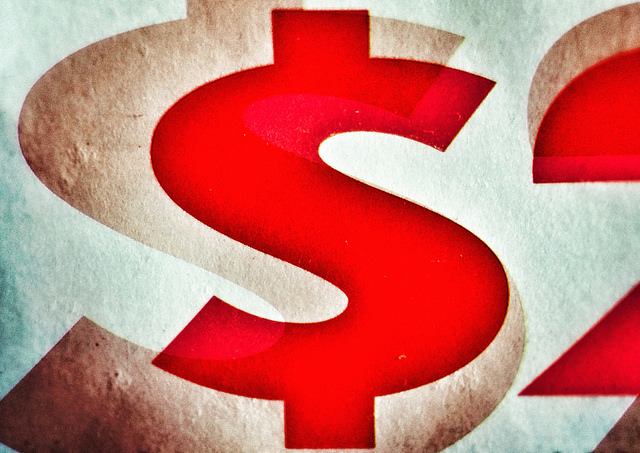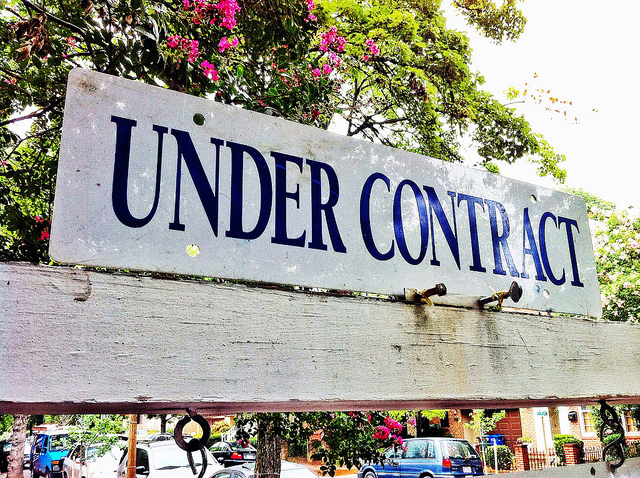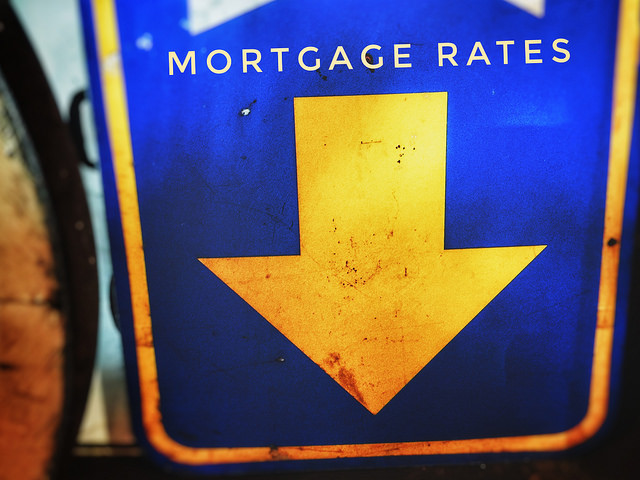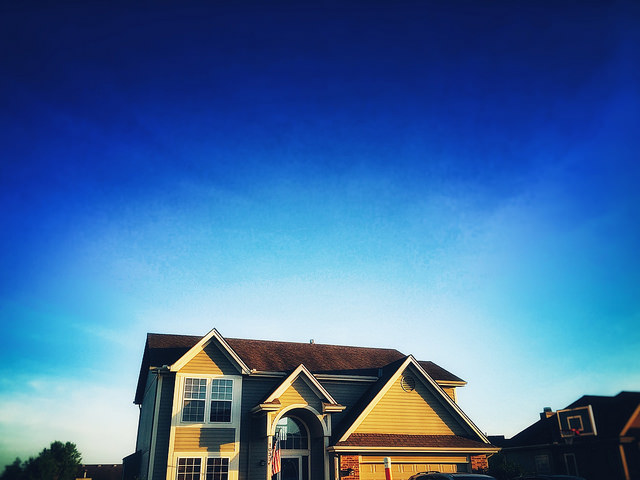There are many ways to gauge the health of the housing market. But no matter which way you look at it, the ultimate goal is to figure out where things are headed and how that will affect home buyers and sellers, as well as current and future homeowners. In other words, the data may differ but it’s all getting at the same question. Take the National Association of Home Builders’ Leading Markets Index – which compares current conditions to previous norms. The NAHB’s index looks at employment info, home prices, and building permits in 340 metropolitan areas across the country in an effort to determine how those markets have rebounded since the housing crash and what they should expect going forward. According to the latest results, markets nationwide are running at an average of 100 percent of normal economic and housing activity. And, if that sounds good, it’s because it is. “This is the first time the LMI has reached this key milestone and it shows how much our industry has improved since the depth of the Great Recession,†Granger MacDonald, NAHB’s chairman, said in a press release. But though the data shows great strides across a majority of markets, it also shows that – while employment levels and home prices have rebounded strongly – building permits still lag behind. That’s an issue because many markets are in need of new homes to help provide options for buyers and keep affordability conditions under control. More here.













